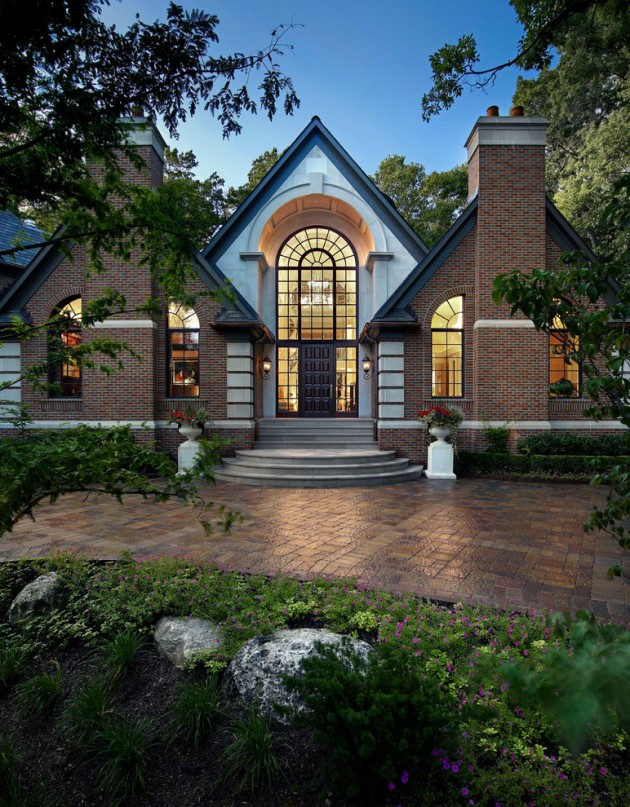

It may sound anti-elitist, but it’s really a displacement of one elite (museums, with larger libraries) by another (bidders, with much larger checkbooks), and it forms part of a larger, and, in the end, hazardous cultural reversal in which numerical measurements, measured in dollars or in likes, are the only records of quality or importance. Given the yawning disparity between gallery and auction prices, this means that, if the museum accepts, everyone comes out a winner: The artist gets her work in a museum, the dealer gets paid faster, and the collector gets a hefty write-off.īut are these paintings - and it’s painting, more than all other media, that participates in this shell game - worthy of entering a museum at all? That’s a determination only history can make, but I’d observe that the time between a new work’s creation, digital dissemination, purchase and resale has become so compressed that the old legitimation mechanisms simply cannot function. If you give the second painting immediately to a nonprofit, you can deduct only the purchase price from your taxes - but if you wait a year, then you can deduct its “fair market value,” that is, the price it would fetch on the auction block. As the market reporter Katya Kazakina recently explained in Artnet News, galleries with a hot market star on their hands increasingly favor collectors who can “buy one, give one”: in other words, purchase two works in a show and commit to donating one to a public museum. programs, the tone right now is stubbornly backward-looking, capable of little beyond auto-critique and enduring a bona fide crisis of confidence.ĭo this right and you can even make a profit. At the biennials, in the magazines, in the M.F.A. There’s something extraordinary about all this: A bull run for art comes not only against a sliding equities market (though art price corrections often soon follow), but also in a moment of widespread high-cultural malaise. There’s a not-uninteresting frisson of Chinese cynical realists like Yue Minjun and Zhang Xiaogang in her waxen tableaus, though her most direct antecedent is the Scottish commercial artist Jack Vettriano, another painter of sentimental erotica who proves there’s no accounting for taste. It ended up netting $1.5 million, while Weyant’s buxom brunette tumbling out of her dress made $1.6 million at Sotheby’s. It is easier to decorate like Marie-Antoinette when you have no fear of the guillotine.Īt Christie’s I watched a Hong Kong-based auctioneer cajole bid after bid from the phone bank - “It’s ahead of you now,” “Try 800, please?” and then, coyly, “Make it one million” - for a scene of a recumbent woman with hair worthy of a Pantene Pro-V campaign. A painting of hers brought $630,000 in Phillips’s day sale, six times over the estimate. 1990), who cites the rapper Doja Cat as an influence for her Rococo-meets-Photoshop kitsch. Pastiches and reboots of the French ancien régime have become a favorite of the global collecting class, especially from Flora Yukhnovich (b. 1984), which brought $1.56 million, more than five times the estimate.

With millions in your purse you could take home some recent paintings of real interest, such as landscapes by the late Canadian-Hong Kong painter Matthew Wong - or a vacuous parody of an 18th-century aristocratic portrait of a lady by the Polish painter and Gagosian protégée Ewa Juszkiewicz (b. At Christie’s, the works no longer even appear physically on an auction block, but on large LED screens - as if a painting was one more nonfungible token (NFT), which it might as well be if it ends up hanging in a tax-exempt Swiss or Singaporean freeport. 1992), retreading the digitally informed abstractions of Laura Owens and Kerstin Brätsch, came in at $529,000 at Sotheby’s, 10 times the estimate. A barely dry 2021 painting by a certain Lauren Quin (b. 1984), whose work appears in reproductions on Dior men's wear ( just like KAWS!), realized over $800,000 at Christie’s on an estimate of $250,000 to $350,000, and more than $1 million at Sotheby’s. Naïve portraits by the hyped Ghanaian painter Amoako Boafo (b.

Over and over these past two weeks, at Christie’s “21st Century” sale, Sotheby’s “The Now” and Phillips’s contemporary extravaganza, the highest multiples went to the youngest artists, mostly working in decorative forms, and often dated 2020 or later.


 0 kommentar(er)
0 kommentar(er)
